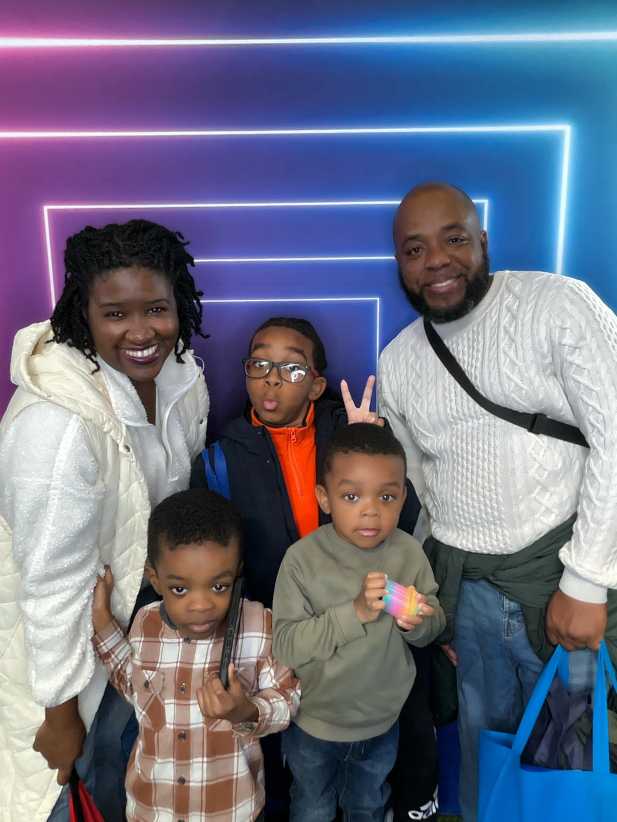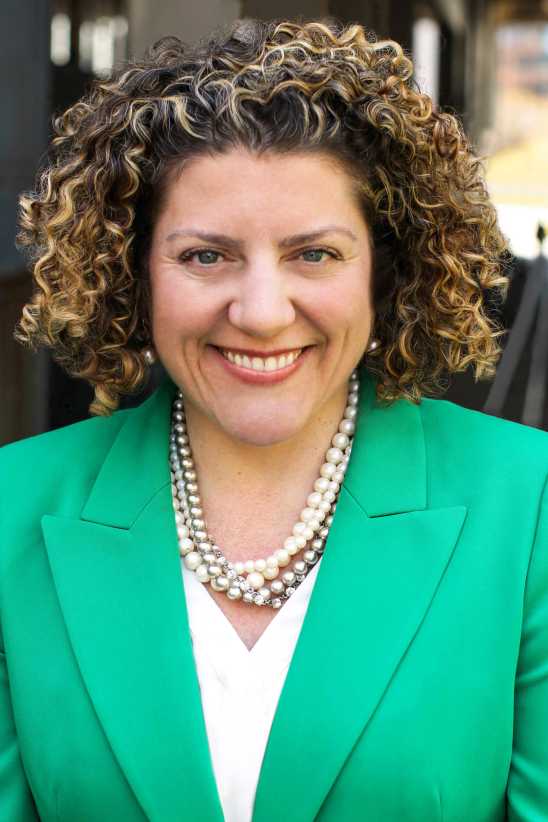Thousands of New York City kids left school on Friday, Sept. 20–excused by the DOE–and headed down to Foley Square, marching through the streets to advocate for action in the wake of destructive climate change as part of a global climate strike that occurred in cities throughout the world. NYMetroParents was on the scene of the strike. Prior to the event, youth organizer Olivia Wohlgemuth shared her thoughts on why she has become an activist, youth organizers’ plans after the strike, and what adults can learn from young activists.
Olivia first got involved with the movement last spring when she heard a global climate strike would be happening on March 15, 2019. She was raised to be very environmentally conscious, she said, and when she saw direct action taking place before the strike knew she wanted to be further involved with the movement and contribute to the action. She organized a walkout at Fiorello H. LaGuardia High School of Music & Art and Performing Arts, and on March 15, almost 1,000 students walked out of LaGuardia with her to join the strike. LaGuardia had a population of about 2,700 students at the time.
“It was really amazing,” Olivia said. “It made me want to organize more in the future and keep contributing to this movement.”
This past summer, youth activists in NYC were communicating mainly through social media and group messages–until the New York Society for Ethical Culture invited the kids to meet on Monday afternoons in Ethical NYC’s headquarters right after July 4.
“It made perfect sense that when this came to my attention, that the youngsters were organizing this massive undertaking, that we needed to offer them space,” said Monica Weiss, co-chair of Ethical NYC's Environmental Stewardship Committee. “And we did.”
The kids began meeting on Monday afternoons and soon were also meeting on Wednesday evenings for open planning, inviting all youth who wanted to get involved with the movement to join the conversation. Olivia said that having a physical meeting space facilitated communication and planning. After the strike, the youth activists plan to continue open meetings and organize smaller but equally effective events better suited to kids.
“We want to plan more ways to get involved beyond striking on Fridays, because most students don’t have the access or the ability to strike on Fridays,” she said. “So we want to create more opportunities for students to participate in that don’t involve missing school every week.”
Olivia is currently a senior at LaGuardia. In college, she is considering majoring in environmental policy and either double majoring or minoring in psychology so she can understand the psychology behind societal habits and the power dynamics that contribute to climate change. Weiss said that after watching the youth activists organize and plan in the weeks leading up to the strike, what adults can learn from youth activists has become clear.
“Adults who care really have to take [the kids’] lead. The kids are doing this because they understand what the reality is,” Weiss said. “And the reality is the science tells us that we have an increasingly small window of opportunity to engage solutions, big solutions on a massive scale. And everyone has to be involved. Everyone–not just government, not just world leaders, not just scientists and researchers and philanthropists. This has to be everyone. Every family, every community, every faith congregation, every school, every classroom.”
On Sept. 23, the New York Society for Ethical Culture will co-host a youth activist panel with other climate activism organizations like 350.org and Project Drawdown that will be moderated by former Vice President Al Gore. The youth panelists will include Alexandria Villasenor, Xiye Bastida, Jamie Margolin, Naomi Holland, and Sophie Anderson, according to Ethical NYC.
Thousands of students poured down the city streets on Friday, and there is only more action to come, Olivia said. More than 1,000 strikes occurred across the country on Sept. 20, and 130 countries participated in the movement worldwide.
“The power of that and the unity that that shows is so essential. In a movement, unity is difficult. Sometimes it’s hard to be hopeful when there are so many conflicting ideas to get on the same page within the movement,” Olivia said. “But on days like this when we’re all together, when there’s millions of people on the streets saying ‘We all want the same thing’, that’s enough to keep you going.”
Main Image: Credit Jacqui Neber













